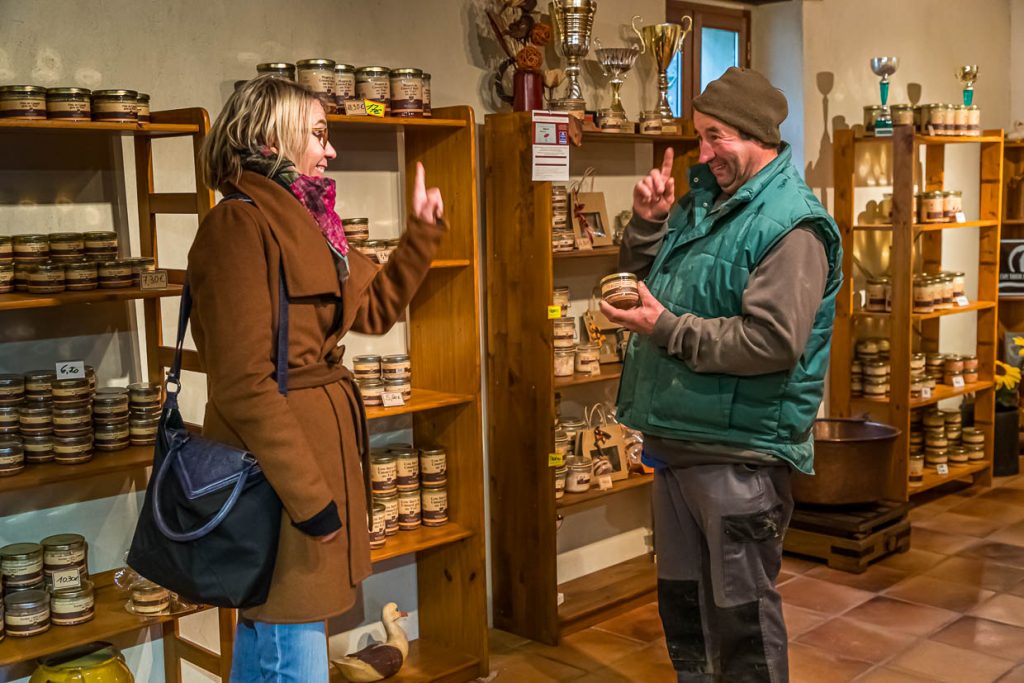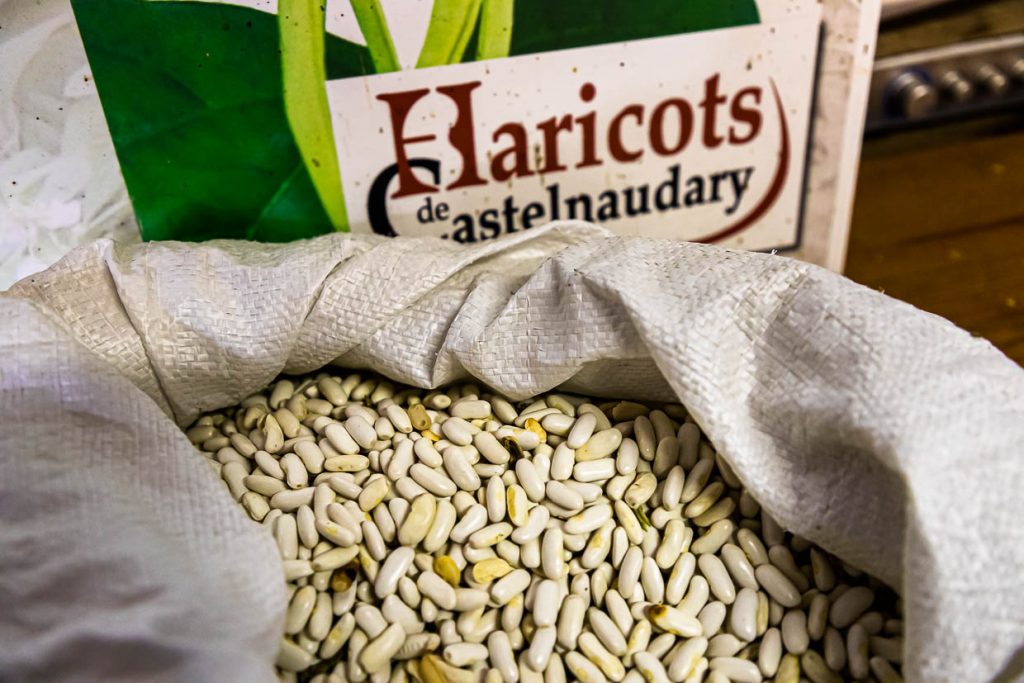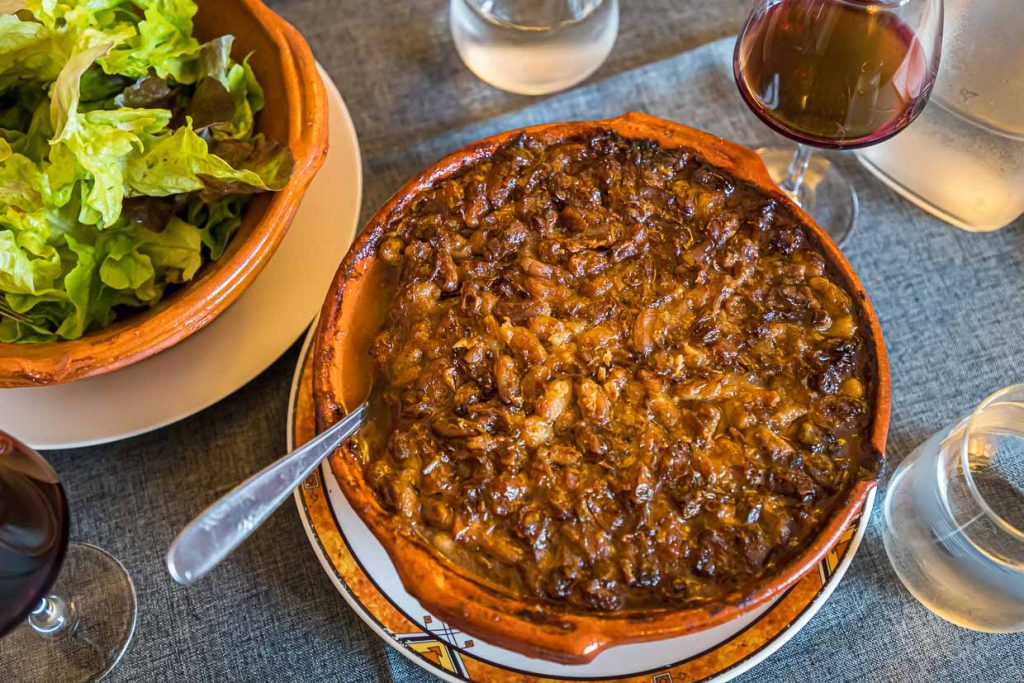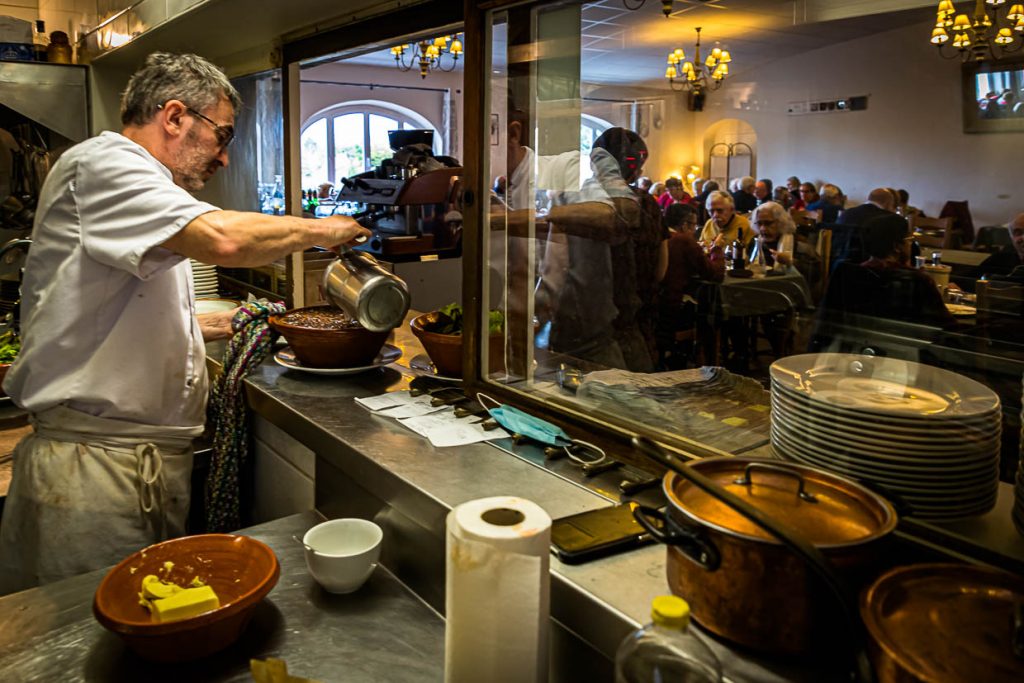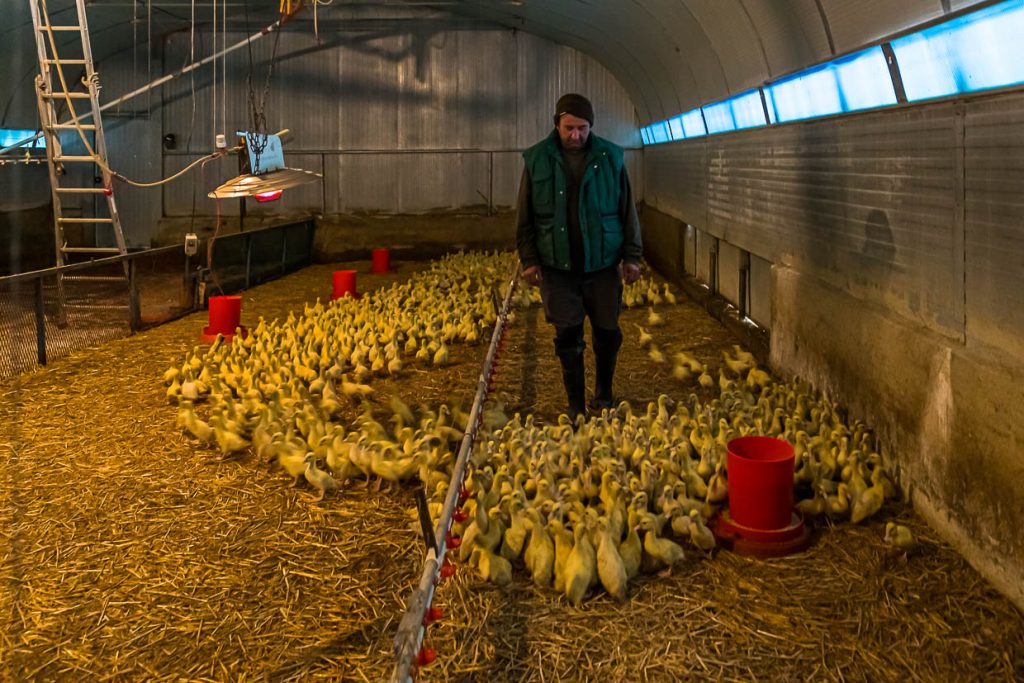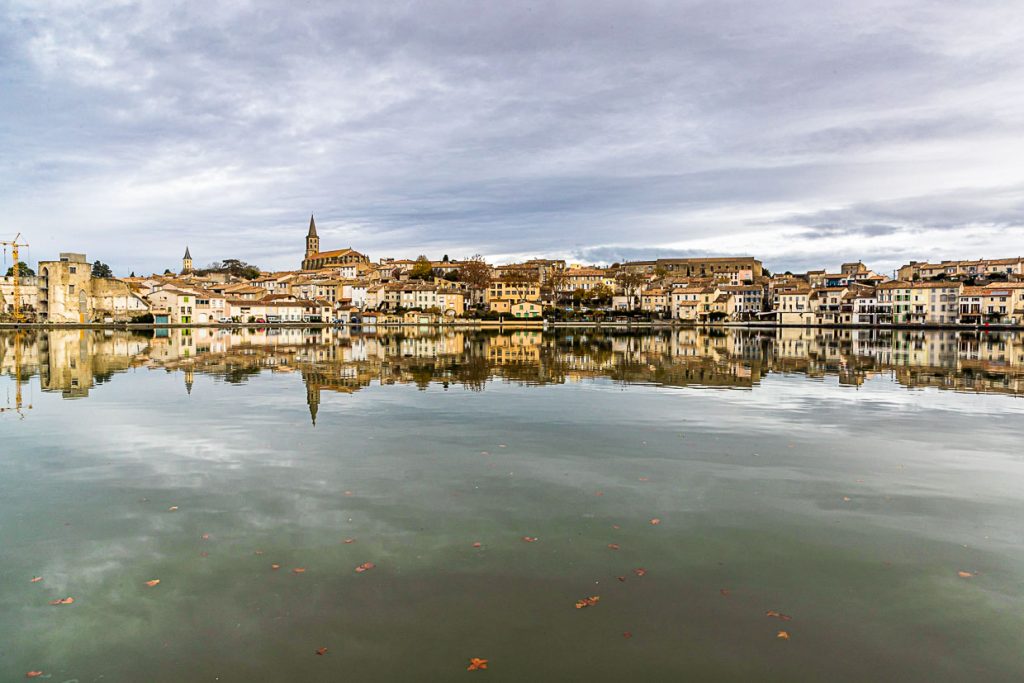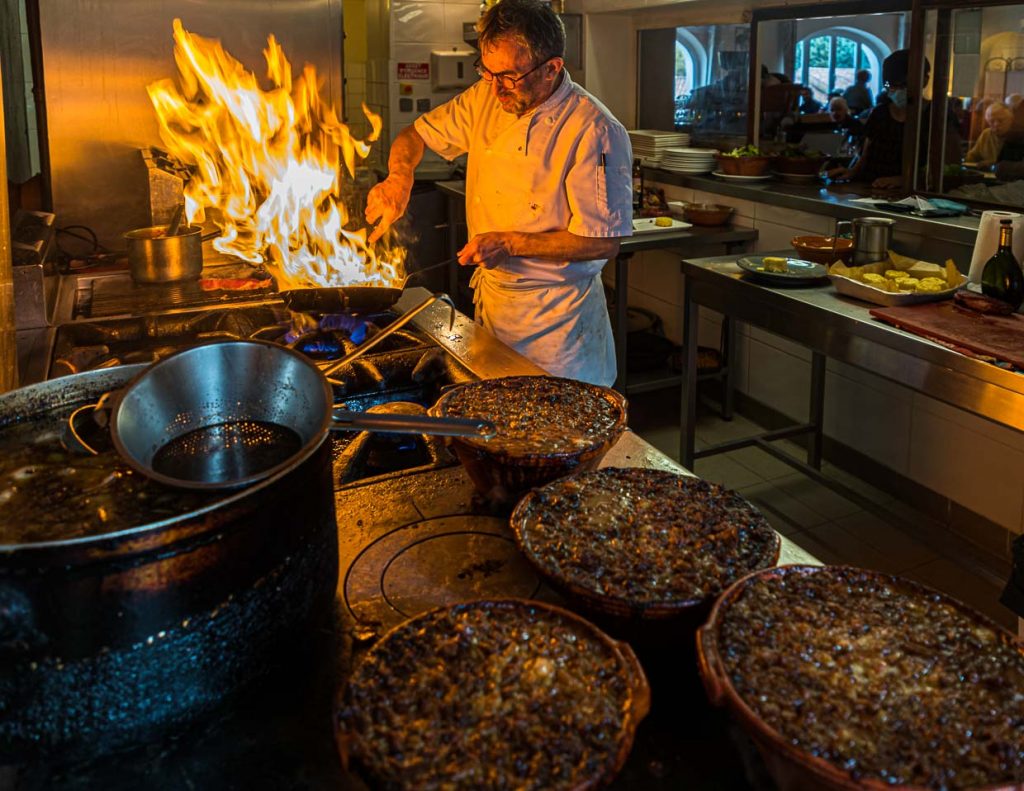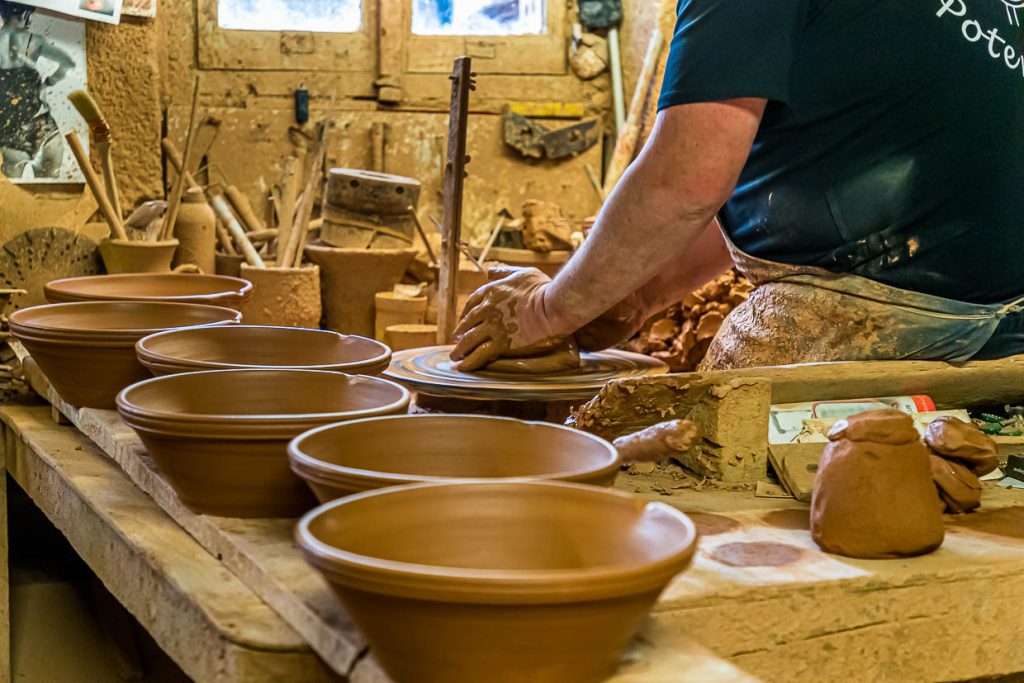This southern French stew is so famous that, despite the intense summer heat, tourists can be seen sitting in the alleys of the Carcasonne fortress with their foreheads covered in sweat. But it is worth trying the hearty stew of the Occitanie region, regardless of the season. Like so many typical dishes of the country, cassoulet was originally a poor man’s food. The list of ingredients is very manageable: white beans, duck, sausage, bacon. The stew is cooked in the cassole, a hand-pottery mold.
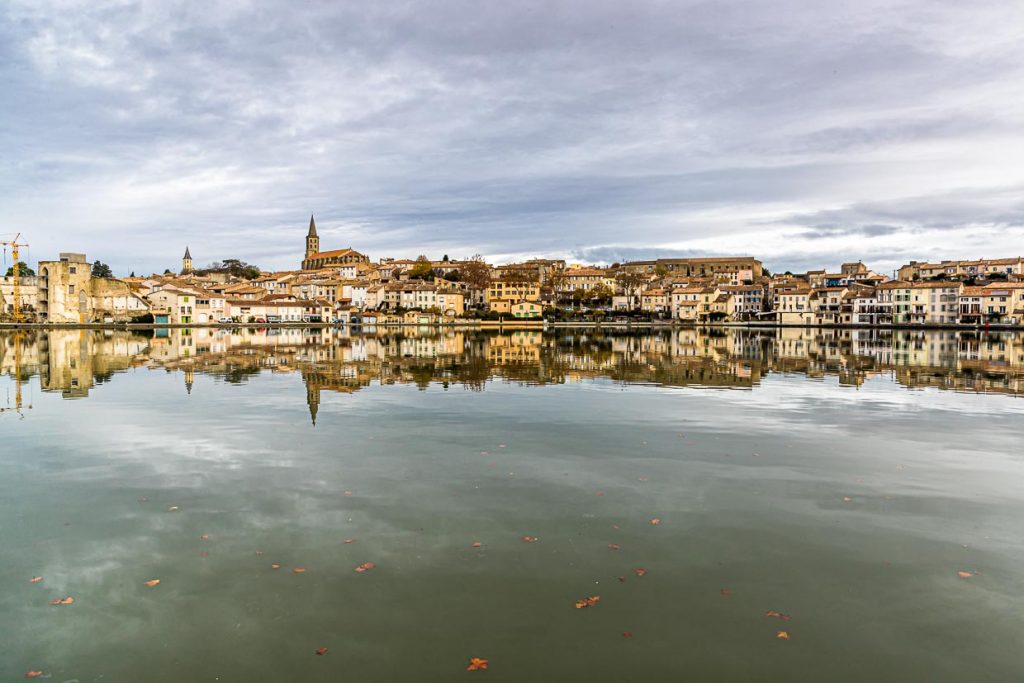
Regional ingredients, from the bean to the broth
Castelnaudary is one of the few regions in France where beans are grown. The white Lingot bean is prized for its perfect cooking and thrives in the Aude region. In yield, this variety is less attractive, but for real cassoulet it is a must. The long cooking time in the oven gives the hearty stew its intense flavor. The white beans are soft at the end and have soaked up duck fat and poultry broth. On the surface, the beans are crispy brown and full of roasted flavors. Further down in the cassole are sausage and parts of a duck’s breast and leg. The meat broth is usually prepared the day before.
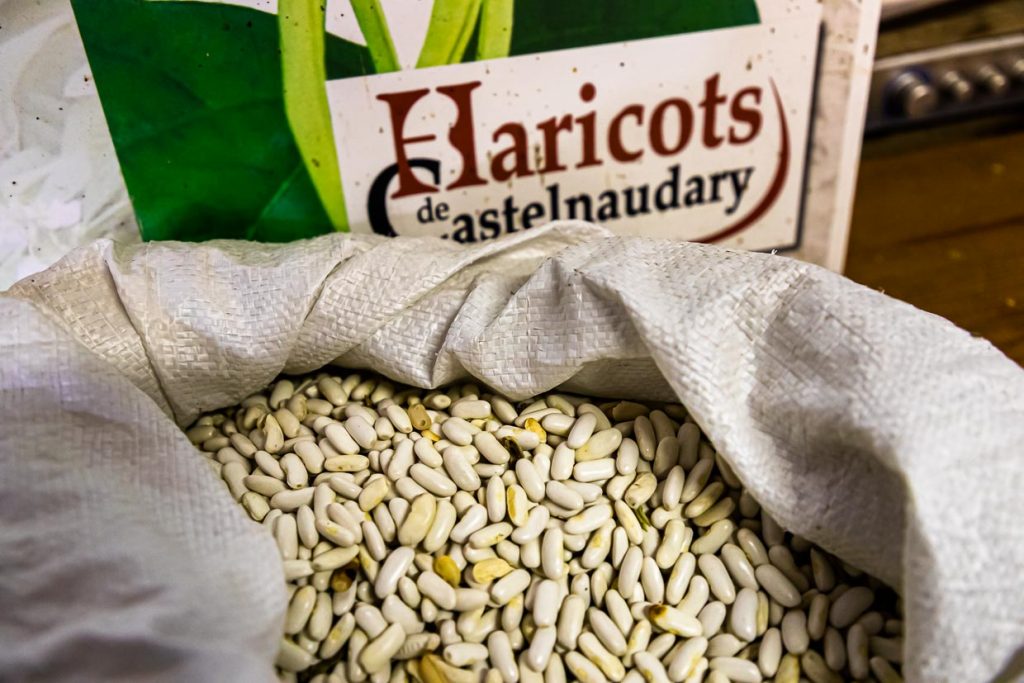
Cassole from the Poterie Not
Poterie Not is located on the Canal du Midi. The soil here is heavy and contains a lot of clay. This is good for pottery, but also for the beans grown in the region. Since 1883, the potter’s wheel has been turning in the Not pottery, mainly for the cassole. Not only does it give the cassoulet its name, but its conical shape allows the fat to rise better and thus contributes decisively to the taste, explains Jean-Pierre Not. Pots in the classic shape are produced here for restaurants, for cassoulet factories and also for tourists. Around 1960, there were still eight potteries in the region. Today, the Not family business is the only remaining pottery. One reason for this is the conversion of the industry, which is focused on efficiency. Due to space constraints, many cassoulet businesses work with straight casserole dishes. Thanks to the work of the brotherhood, an annual cassoulet festival and a tradition-conscious restaurant, the pottery craft can continue at Poterie Not. Jean-Piere Not is an ambassador for the Aude region and a visit to the pottery is worthwhile.
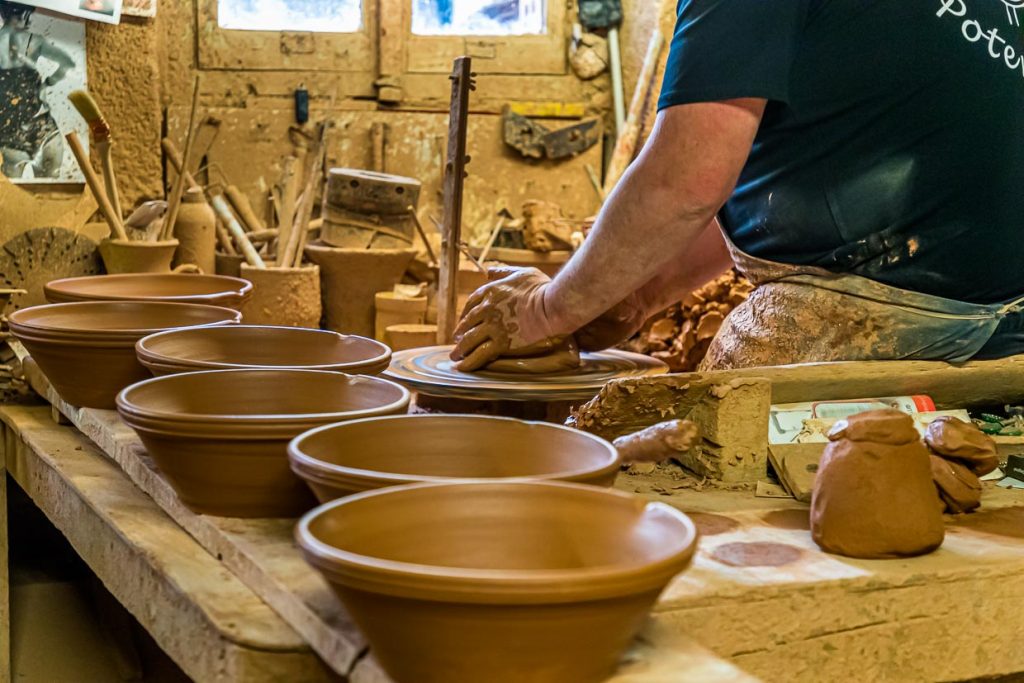
Big feast with cassoulet
Since 1956, the Hostellerie Etienne has been serving cassoulet de Castelnaudary to good-humored people at long rows of tables. With Eric Rousselot the owner and chef, everything from the clay pot to the bean is regional. Rousselot is focused on the task at hand, because at lunchtime, excursion groups as well as office workers and farm laborers alike flock to his restaurant. The stew stews in the oven for at least two hours, or better yet, three. During the long cooking time, the brown crust is to be broken and repeatedly basted with fat from the stew. According to the rules of art, this should be done seven times. Since this stew of beans, duck meat and the fat from the duck and pork fat is extremely rich, the steaming cassole is accompanied only by a simple and sour leaf salad.
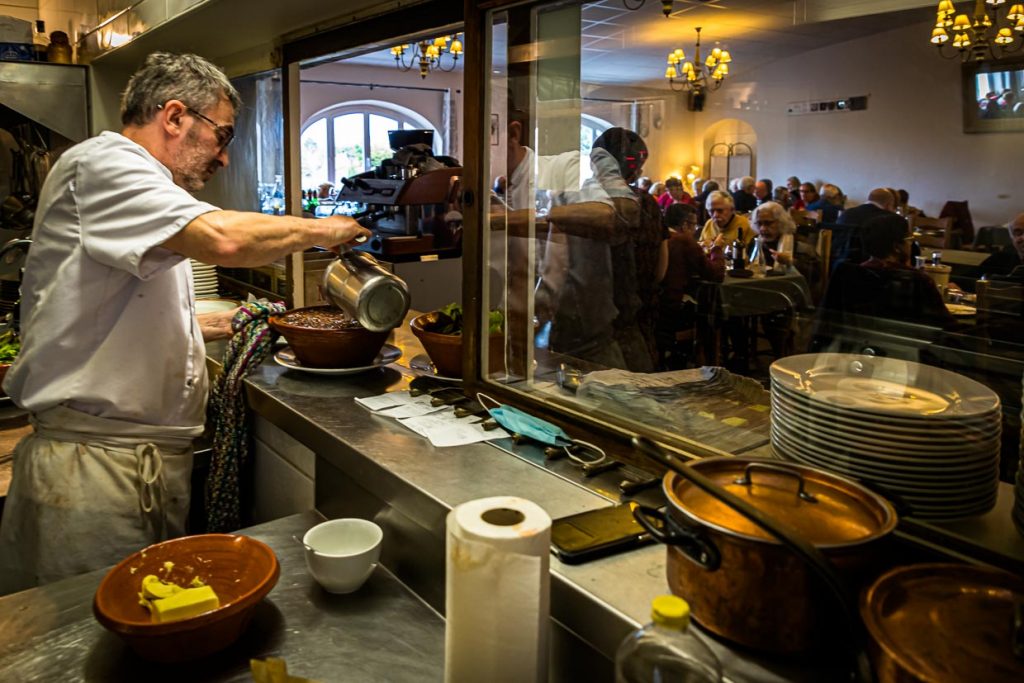
La Fête du Cassoulet
The hearty stew is the winter dish par excellence. But long before it was served to tourists in the midday sun, it was already available in summer. For the harvesters, cassoulet was an invigorating meal that kept them strong. According to history, the stew was created during the siege of the 100-year war against England. Out of sheer necessity, all the leftover meat and poultry were thrown into a pot with beans. Today, cassoulet has a completely different status and is a matter of regional identity. Every year in August, in the middle of the summer vacations, La Fête du Cassoulet takes place in Castelnaudary. In just four days, some 40,000 portions of cassoulet make their way into the bellies of festival-goers while live music plays. If you can’t make it to the big festival, Castelnaudary has good addresses all year round.
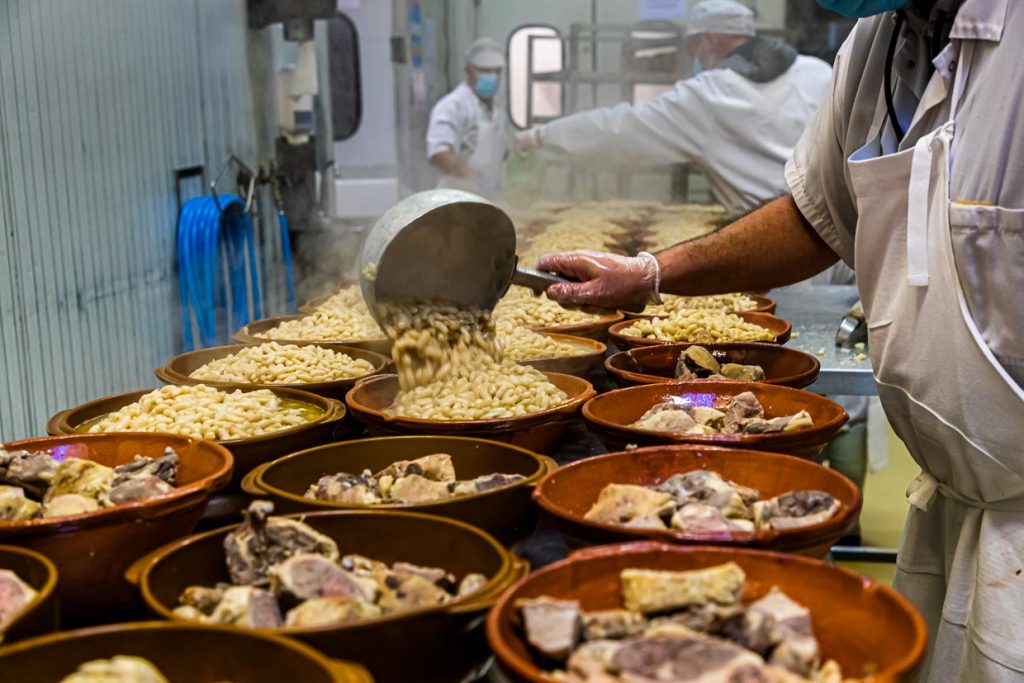
Region Aude and Canal du Midi
From Castelnaudary you can take houseboat trips and bicycle tours along the famous Canal du Midi. Since 1996, the Canal du Midi is a Unesco World Heritage Site.
More information at Castelnaudary Tourisme

La Fête du Cassoulet takes place every year for four days in August. The dates and the recipe are on the festival website Fête du Cassoulet
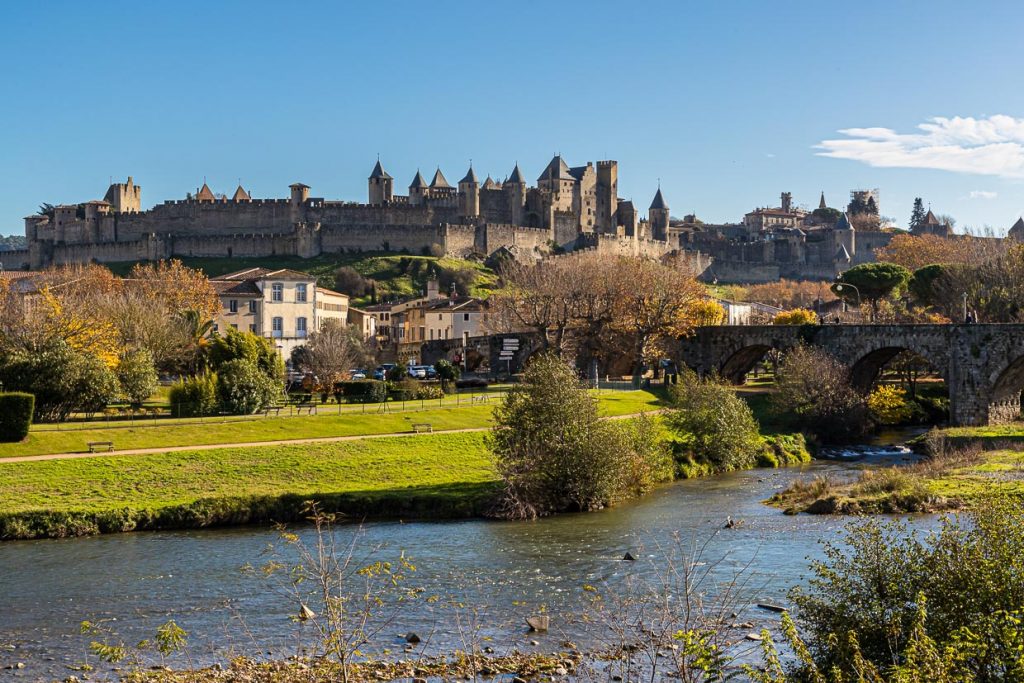
The region of Aude is also called the land of the Cathars. Especially worth seeing are the city of Carcasonne with its famous fortress and the old Roman city of Narbonne.
More information at Aude Tourisme
Print publication
The research trip has been partially supported on site by the French Tourism Federation

